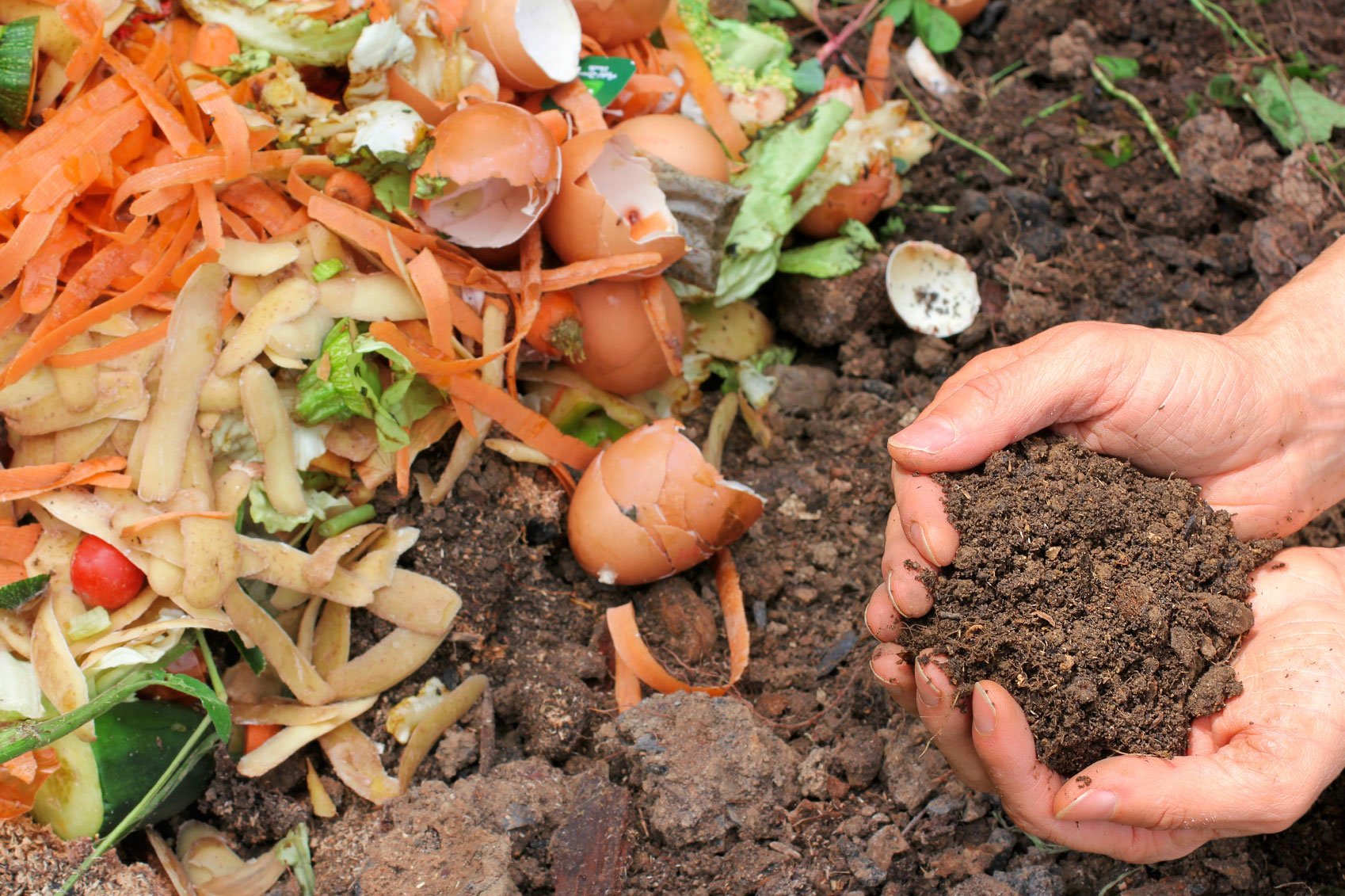Checking Out the Systems of Red Wiggler Composting: A Comprehensive Overview to the Process and Its Favorable Effect on Sustainable Gardening Practices
The elaborate systems of red wiggler composting, utilizing the unique physiology of Eisenia fetida, provide a compelling opportunity for enhancing sustainable horticulture techniques. As urban gardening gains traction, comprehending the nuances of this composting technique comes to be increasingly appropriate.
Comprehending Red Wigglers
Red wigglers, clinically called Eisenia fetida, are a species of earthworm very related to for their efficiency in composting organic waste. These worms prosper in nutrient-rich environments, particularly in decomposing organic matter, making them suitable for vermicomposting systems - Red Wiggler Composting. Identified by their reddish-brown coloration and segmented bodies, red wigglers are smaller sized than typical earthworms, commonly determining in between 3 to 4 inches in size
Their one-of-a-kind physical qualities improve their composting capabilities; for example, they have a high reproductive price, permitting populaces to increase swiftly under appropriate conditions. Red wigglers eat natural material, simplifying via their digestive systems, which leads to nutrient-rich castings that work as an exceptional organic plant food. Their starved appetite enables them to process large quantities of food waste effectively, dramatically reducing landfill contributions.
Along with their composting expertise, red wigglers play a vital function in dirt health and wellness. Red Wiggler Composting. They freshen the dirt and help with the decomposition of raw material, additional enhancing the dirt ecosystem. Comprehending the characteristics and environmental advantages of red wigglers is necessary for any person looking to apply sustainable gardening methods through efficient composting methods
The Composting Refine
The composting procedure entails breaking down natural products right into nutrient-rich garden compost, a job that red wigglers excel at as a result of their specialized digestive systems. These worms take in food scraps, lawn waste, and various other raw material, transforming them right into important compost via a collection of organic and chemical procedures.
Originally, the natural issue is mixed with bedding products such as shredded paper or dried leaves, developing an ideal atmosphere for the worms. As the red wigglers consume this combination, they break it down via their digestive tract, where bacteria additionally decay the product. This process generates heat, promoting microbial activity, which increases disintegration.

Benefits of Red Wiggler Composting
Many gardeners and eco-conscious people acknowledge the various benefits of red wiggler composting, making it a prominent selection for efficient waste management. Among the key benefits is its ability to substantially reduce organic waste in land fills - Red Wiggler Composting. Red wigglers efficiently damage down kitchen scraps and various other biodegradable products, changing them right into nutrient-rich vermicompost that enhances soil wellness
In addition, red wiggler composting improves dirt structure and fertility. The resulting vermicompost is bristling with valuable microorganisms, which advertise plant growth and enhance nutrient retention. This natural plant food not only supports lasting horticulture methods yet likewise decreases reliance on chemical fertilizers, fostering a healthier ecosystem.
Furthermore, red wiggler composting is a space-efficient approach, making it ideal for urban garden enthusiasts with restricted area. The procedure can be performed inside your home or outdoors, permitting for year-round composting despite climate problems. Furthermore, red wigglers are low-maintenance organisms that need very little care, making them easily accessible for newbie gardeners.
In essence, the advantages of red wiggler composting prolong past waste reduction; they add to healthier soils, lasting horticulture methods, and ecological stewardship, positioning it as an important practice in modern-day gardening.
Finest Practices for Composting
For effective red wiggler composting, adhering to ideal practices is vital to make best use of effectiveness and guarantee an effective atmosphere for these worms. This balance advertises ideal disintegration and boosts the worms' health.
Next, display wetness levels, going for a this link moist, sponge-like consistency. Overly damp problems can result in anaerobic decay, while too much dry skin might prevent worm activity. Furthermore, ensure correct oygenation by transforming the garden compost frequently, which aids avoid compaction and allows for appropriate oxygen flow.
Temperature level is an additional vital factor. Maintain a series of 55 ° F to 77 ° F(13 ° C to 25 ° C) to promote worm activity and microbial development. Prevent presenting meat, milk, and oily foods, as these can bring in bugs and produce smells.
Enhancing Sustainable Gardening
Lasting horticulture personifies an alternative technique that harmonizes eco-friendly principles with functional horticulture methods. By incorporating techniques such as red wiggler composting, garden enthusiasts can dramatically improve their practices, cultivating a more resistant environment. Red wigglers, renowned for their efficient decay abilities, convert organic waste right into nutrient-rich compost, consequently enhancing the soil without depending on chemical plant foods.
Implementing sustainable gardening techniques, such as plant turning, companion planting, and mulching, further matches the advantages of composting. These methods not just enhance soil structure and fertility however additionally promote biodiversity, drawing in beneficial bugs and microorganisms that add to grow health. Additionally, utilizing indigenous plants can lower water consumption and minimize upkeep, lining up with water preservation initiatives.

Verdict
In verdict, red wiggler composting stands for a vital method for boosting sustainable gardening methods. Inevitably, the adoption of red wiggler composting can dramatically add to environment-friendly horticulture, profiting both metropolitan and novice garden enthusiasts in their growing efforts.
The intricate mechanisms of red wiggler composting, using the unique physiology of Eisenia fetida, present a compelling method for enhancing sustainable gardening practices. Comprehending the characteristics and environmental advantages of red wigglers is crucial for any individual looking to implement lasting horticulture techniques with reliable composting methods.

In verdict, red wiggler composting stands for an important method for improving sustainable horticulture methods. Ultimately, the fostering of red wiggler composting can considerably contribute to green horticulture, profiting both urban and novice garden enthusiasts in their growing efforts.